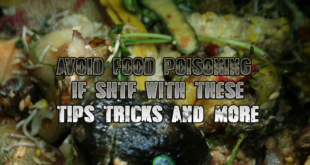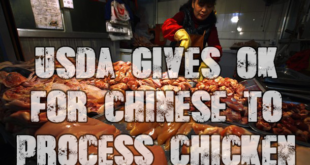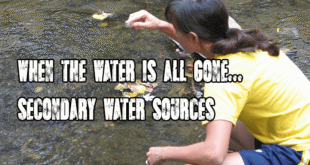The food storage calculator is a useful tool designed to help users determine the appropriate amount of food to store for a specified number of people. It highlights that typically, less food is stored for children under the age of 7, although the author questions this approach. They argue that …
Read More »10 Essential Survival Gear and Emergency Supplies Under $15
In an effort to assist frugal survivalists and preppers, a list of 10 essential items has been compiled, each priced under $15. The author shares personal experience with several of these products and expresses intent to acquire the remainder. While similar lists have appeared on other platforms, this one stands …
Read More »Essential Information on Ebola Preparedness
Ebola poses a potential risk for a pandemic in America, but it’s important to note that its outbreak would not necessarily lead to societal collapse. Effective measures, such as isolation of infected individuals and maintaining good hygiene practices, can significantly contain the disease. Historical data suggests that while outbreaks can …
Read More »Food Safety Essentials: Preventing Food Poisoning and Illness During Crisis Situations (Including a List of Foodborne Illnesses)
Understanding the shelf life of various foods is crucial for preventing food poisoning and illness. While some may think that limiting food stock to 30 days protects against spoilage, this is a misconception. Although having a smaller stock reduces certain hazards, it doesn’t guarantee safety from foodborne illnesses. Many different …
Read More »Water Safety and Hygiene Practices in Disaster Situations
Water is critical in disaster situations, often becoming the most immediate need. While humans can live for up to three weeks without food, they can only survive about three days without water, underscoring its vital importance. In disaster scenarios, access to clean water is crucial for health and survival, making …
Read More »A Prepper’s Handbook for Water Storage in Case of Emergency
Storing water effectively is crucial for emergencies, and there’s no definitive shelf life for stored water. Various factors influence how long water can be kept, including the storage container type, exposure to light, temperature, and the water’s purity. For example, water in food-grade plastic containers can last longer than that …
Read More »The Comprehensive Handbook on Water Contamination and Purification
The article discusses the various types of water contaminants you might encounter, as well as various purification methods to ensure safe drinking water. Contaminants can include bacteria, viruses, chemicals, and heavy metals, each posing different health risks. To treat and purify water, the article recommends several methods, including the use …
Read More »USDA Approves Exporting American Chickens to China for Processing and Return for Consumption
The USDA’s recent approval for four chicken processing plants in China has raised significant concerns about food safety and quality. Under this arrangement, American chickens will be raised and slaughtered in the U.S. but then transported to China for processing before being sent back for human consumption. Critics are alarmed …
Read More »Harnessing Solar Energy for Water Purification: The SODIS Method
The SODIS (Solar Water Disinfection) method is an eco-friendly technique that uses sunlight to purify drinking water. This process involves filling transparent PET bottles with contaminated water and exposing them to direct sunlight for several hours. The ultraviolet (UV) rays from the sun work to deactivate pathogens, making the water …
Read More »When the Water Runs Out: Alternative Water Sources
Reliable water sources are crucial for effective water filtration systems. The primary goal for water storage should be to maintain at least two weeks’ worth of both potable and non-potable water. This reserve is essential for families during disaster scenarios, where access to clean water may be limited or unavailable. …
Read More » Trek.pub Trekking around the net
Trek.pub Trekking around the net









